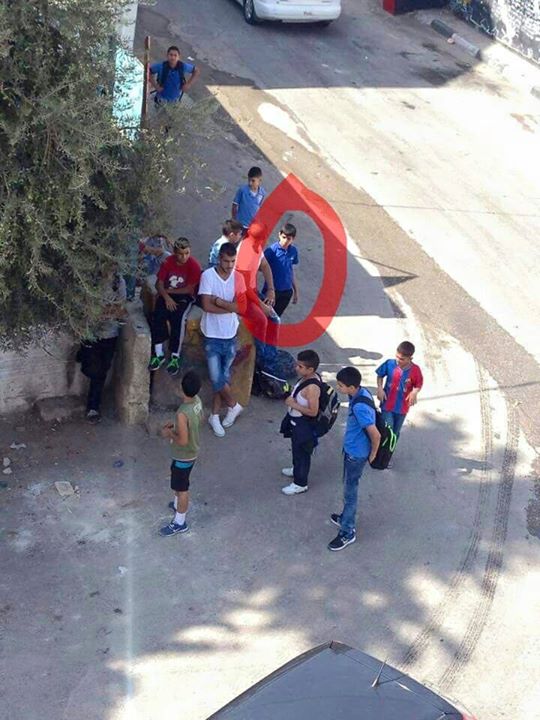Tag: Live Ammunition
-
Gaza – a bloody Friday
9th October 2015 | International Solidarity Movement, Gaza team | Gaza, occupied Palestine UPDATE – 8pm: 8 martyrs and close to 100 persons injured at today’s demonstration in Shijaia ******* UPDATE – as of 6 pm today: From Osama al Jaro, Public Relations head at Al-Shifa hospital in Gaza: 6 dead, 60 injured, 11 injured…
-
More Palestinians injured as Israeli forces violently attack mourners at a funeral in Bethlehem
6th October 2015 | International Solidarity Movement, Al-Khalil team | Bethlehem, occupied Palestine The funeral of the 13-year old Abed al-Rahman Obeidallah, who was shot and killed by Israeli forces on his way home from school yesterday, took place today in Betlehem with over a thousand attendees. They marched from the Beit Jala hospital to Abeds house…
-
12 year old Palestinian killed in Bethlehem as violence explodes across the West Bank
5th October 2015 | International Solidarity Movement, Al-Khalil team | West Bank, occupied Palestine Abed al-Rahman Shadi Obeidallah, 12 was still in his school uniform when he was rushed in a civilian car to Beit Jala hospital from Aida refugee camp in Bethlehem today. The boy, from from a Al Kahder village, was shot in the…



